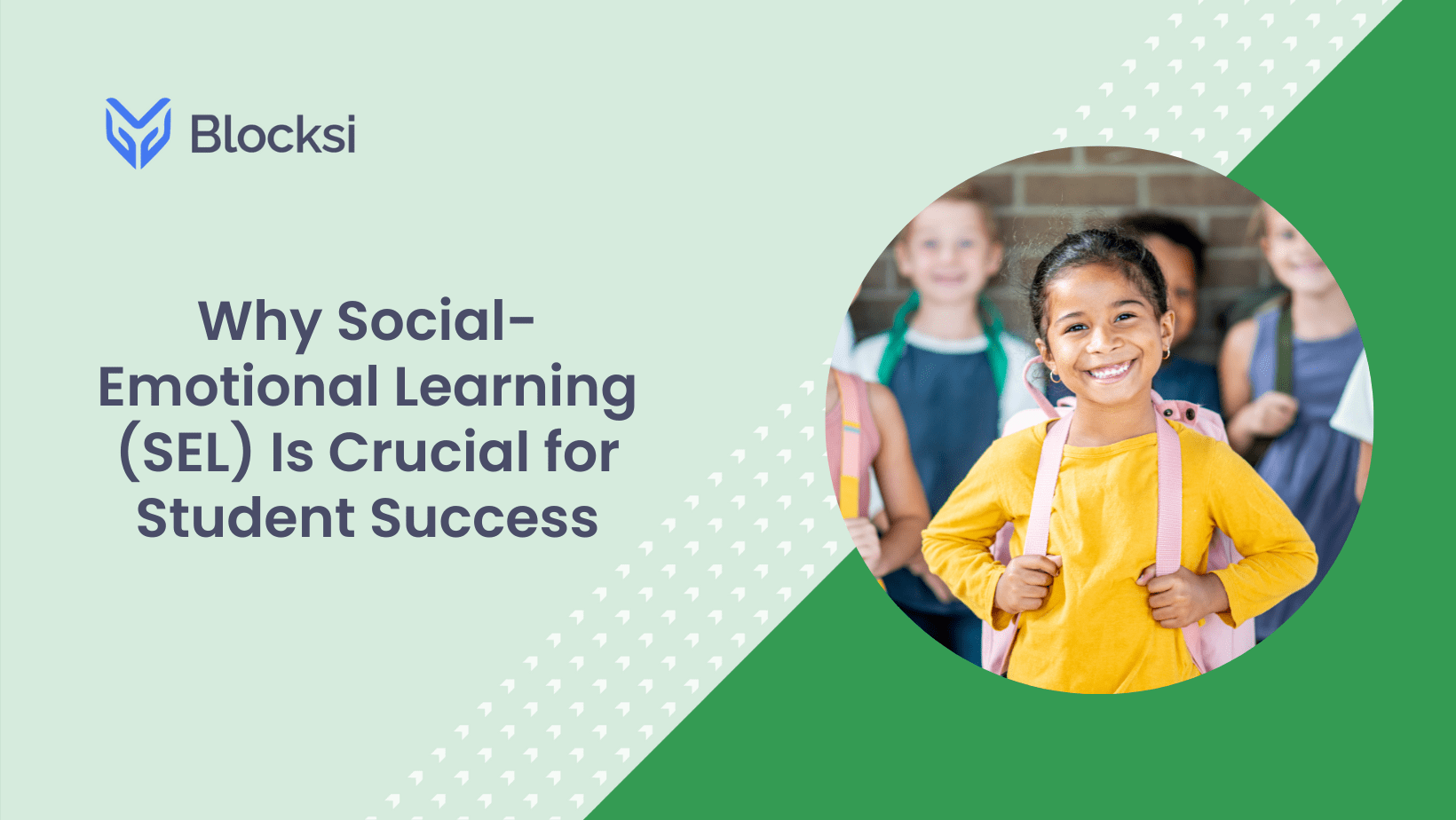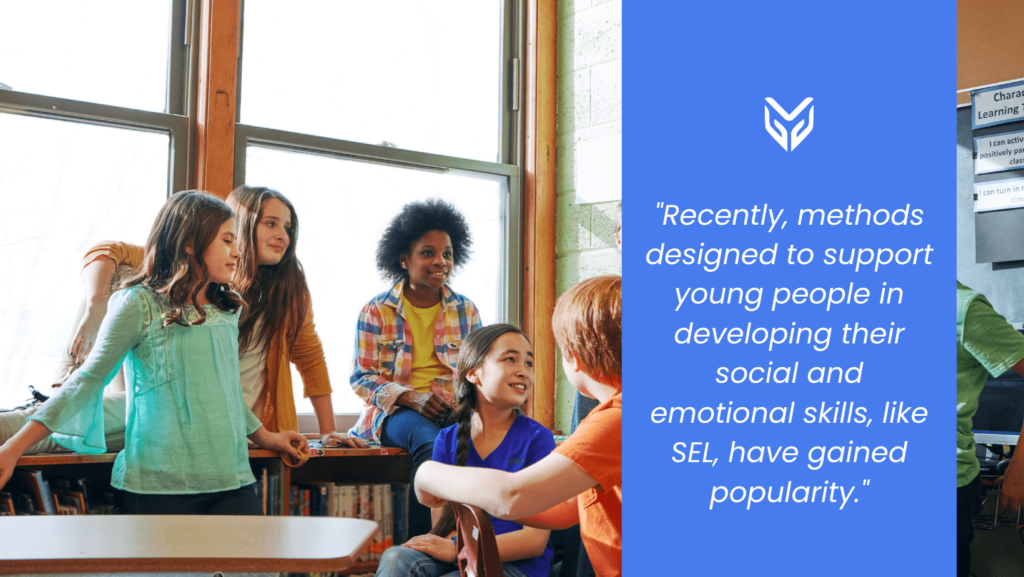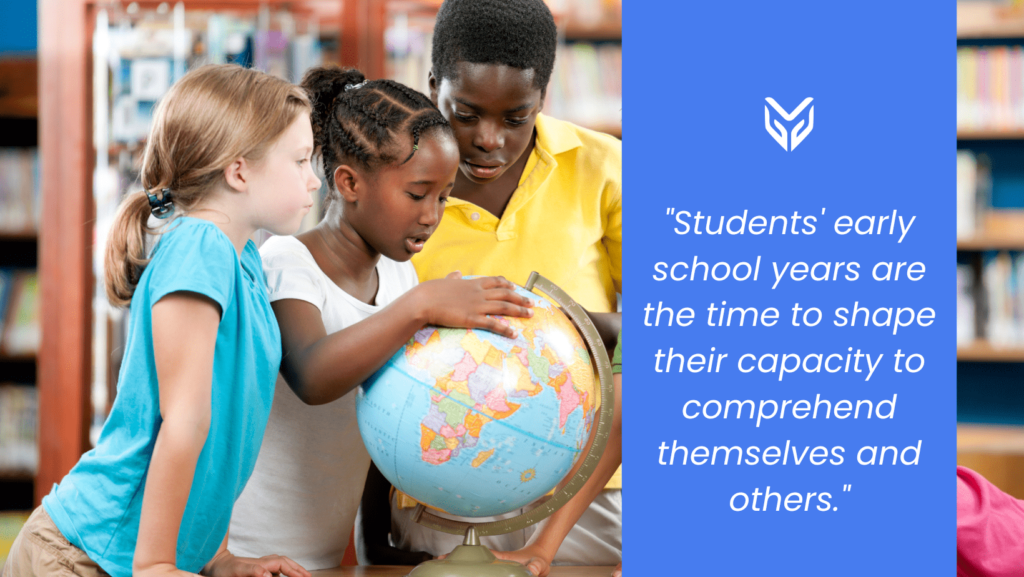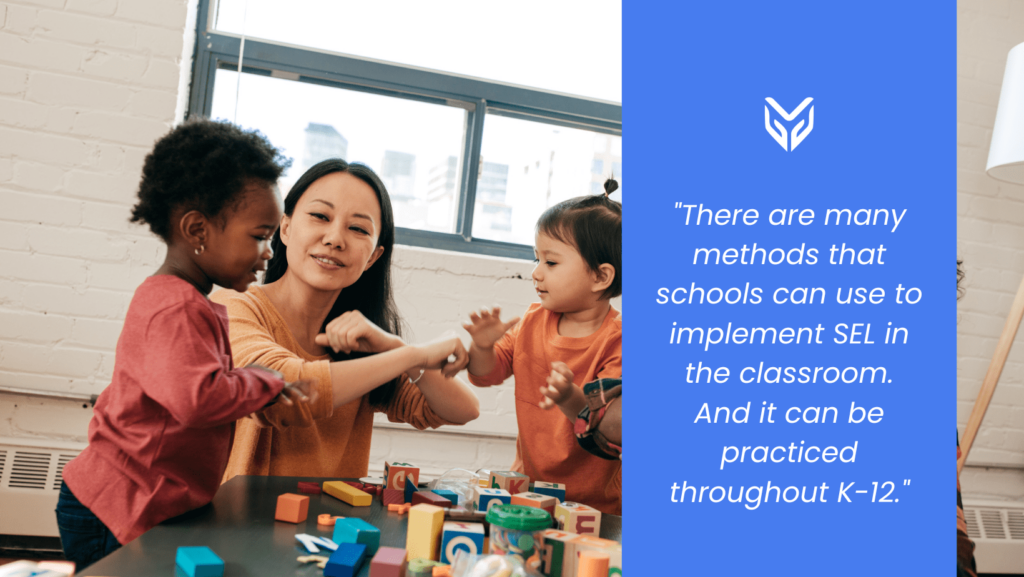NEWS
Why Social-Emotional Learning (SEL) Is Crucial for Student Success

People with strong social-emotional skills handle everyday challenges better than those without these skills. Socially emotional people cope best with everything from academic success to social fulfillment. So, to groom such skills, methods like social-emotional learning (SEL) are gaining recognition.
According to the Committee for Children, SEL is the process of developing the self-awareness, self-control, and interpersonal skills vital for school, work, and life success. SEL is a set of activities that teach students from pre-kindergarten through high school how to be mindful of themselves and respectful of others. It involves developing healthy identities, managing emotions, feeling and showing empathy, establishing and maintaining relationships, and making responsible decisions.
Recently, methods designed to support young people in developing their social and emotional skills, like SEL, have gained popularity. We can attribute the rise of such programs to concerns about youth’s susceptibility to various social and psychological issues. And because of the possible role that schools could play in reducing these risks, SEL has found its way into education.

But Is SEL Really so Effective?
Practicing SEL has proven to be significantly effective in many areas of students’ development. Various research reports the statistics in favor of practicing SEL:
- Better social-emotional skills, attitudes, and indicators of well-being, regardless of students’ race, socioeconomic background, or school location (Taylor, Oberle, Durlak & Weissberg, 2017)
- Reduced aggression, increased prosocial behavior, and improved academic engagement (Bierman, Coie, Dodge, Greenberg, Lochman, McMahon & Pinderhughes, 2010)
- Improved skills for effective social interaction and relationships for students with learning disabilities (Elias, 2004)
Effective SEL initiatives can enhance students’ behavioral, mental health, and academic outcomes. So, considering numerous similar findings like it, SEL has gained its place in society. And because it concerns teaching social skills, it seems only reasonable that it also found its way into schools. Students’ early school years are the time to shape their capacity to comprehend themselves and others. They also start learning how to control their emotions, make wise decisions, and so on.

SEL teaches students essential social skills by giving them a chance to practice problem-solving, critical thinking, and decision-making in real-life situations. And when students can control their emotions, collaborate effectively with others, and remain focused on their goals, they are better prepared to succeed academically.
Besides fostering social skills and reducing problem behaviors, such as aggression, SEL also promotes mental health. It cultivates proactive elements to ward off risks to one’s mental health by encouraging healthy interactions, secure environments, and the development of skills.
And What Are Some of the More Common Ways of Integrating SEL in the Classroom?
There are many methods that schools can use to implement SEL in the classroom. And it can be practiced throughout K-12. Kindergarteners, for example, identify and label feelings, and older students use calming strategies and discuss stereotyping and how such behavior affects others.

Some common SEL strategies include:
- Teaching explicit social-emotional skills: teachers can teach skills such as self-awareness, mindfulness, social awareness, and responsible decision-making
- Integrating SEL into academic topics: teachers can incorporate SEL into academic subjects by including exercises that emphasize the development of abilities like cooperation, communication, and problem-solving
- Implementing positive discipline strategies: educators can establish a constructive atmosphere in their classrooms, such as restorative justice, peer mediation, and positive reinforcement
- Creating a positive classroom culture: teachers can encourage students to develop a sense of community, consideration, and understanding toward one another
SEL for Social-Emotional Functioning Future Adults
When teachers and parents struggle to help young people with mental health problems, supporting social-emotional development is more critical than ever. Thus, school-based SEL represents a crucial set of strategies for fostering young people’s good academic development, behavior, and social development. Practicing teaching that encourages healthy habits and relationships is a beautiful way of fostering a flourishing classroom environment. And considering several benefits and the broadness of age groups SEL works with, it should make its way into every K-12 classroom. Because we all want our children to build skills for success in life.
SOURCES
[1] What Is Social-Emotional Learning? Helping Everyone Thrive
[2] Taylor, R. D., Oberle, E., Durlak, J. A., & Weissberg, R. P. (2017). Promoting positive youth development through school?based social and emotional learning interventions: A meta?analysis of follow?up effects. Child development, 88(4), 1156-1171.
[3] Bierman, K. L., Coie, J. D., Dodge, K. A., Greenberg, M. T., Lochman, J. E., McMahon, R. J., & Pinderhughes, E. (2010). The effects of a multiyear universal social–emotional learning program: The role of student and school characteristics. Journal of consulting and clinical psychology, 78(2), 156.
[4] Elias, M. J. (2004). The connection between social-emotional learning and learning disabilities: Implications for intervention. Learning disability quarterly, 27(1), 53-63.





